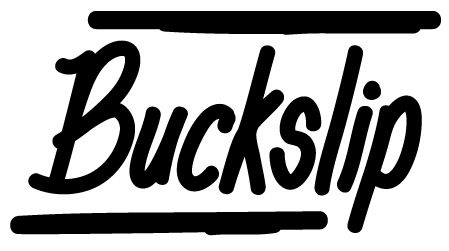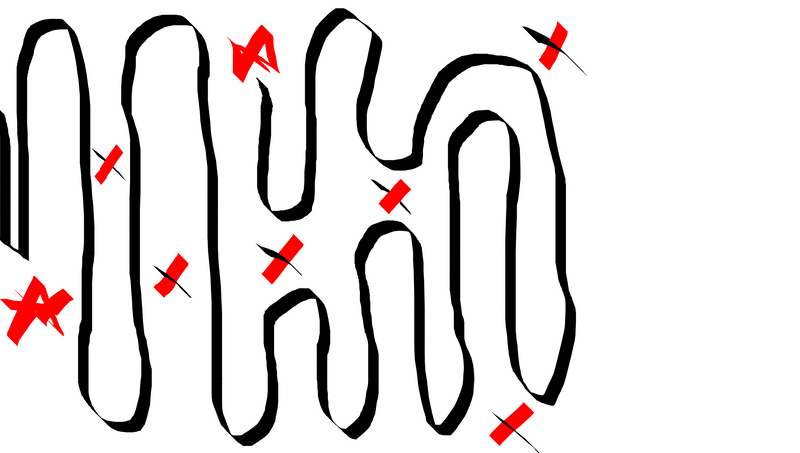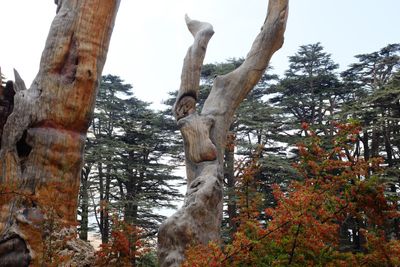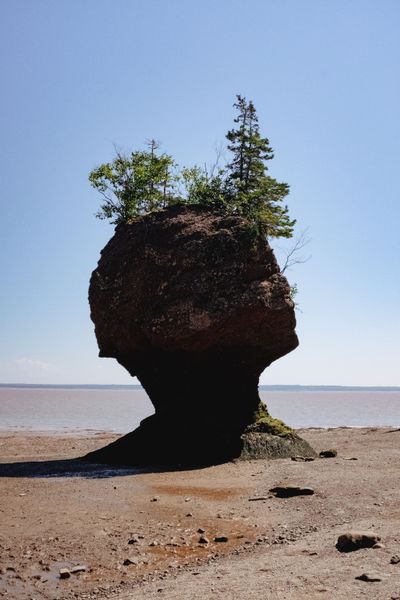Things
“At the beginning of 2020, everyone seemed to be trapped at home by this sudden epidemic. But the harder the times, the more you need to get up and move! […] Don’t lie down, try drinking beer at home, raise toasts in the bullet comments, pogo in your bedroom — watching the scene on your phone can also get the blood moving!”
To contain the coronavirus outbreak, China is on a level of lockdown that’s pushed well beyond the capabilities of technology-driven social control, arriving back at the kind of boots-on-streets community-level enforcement the country hasn’t seen in decades. So with all social interaction forced off the streets and onto the internet, so too the music scene keeps itself going in there, moving from queer clubs and dive bars into communal live streams from living rooms.
Meantime, aboard the good ship Diamond Princess, fear and boredom continue to turn the locked-down cruise into an ever-more-detailed reenactment of a novel JG Ballard never wrote (there’s even a novelist character, for good measure).“Shipboard entertainers have been assigned to record trivia quiz shows and origami-making for passengers to join along on cabin TVs. The magician recorded a performance, and a room steward demonstrated how to make a bed.”

All across Canada, the rail lines that carry both passenger and freight have been blockaded in solidarity with Wet'suwet'en protest against the Coastal GasLink pipeline project. It’s an effective and simple protest on a staggering scale, and perhaps a watershed moment for Indigenous land rights in the country. For good background on the underlying issues that stretch back as far as colonization, this CBC Front Burner podcast is a great place to start. And then take a look at the supporters toolkit put together by the Unist’ot’en.
For Places, Shannon Mattern on the co-option of the tools of collaborative and participatory urban design by “savvy tech developers who have mastered the techniques of discursive engineering.” Yes, we’re still talking about Sidewalk, but also about post-it notes more generally, and how illusions of process and documentation only gets us further away from plotting places, or products, that are genuinely inclusive and engaged.
“Participation” is now deployed as part of a public performance wherein the aesthetics of collaboration signify democratic process, without always providing the real thing. A disingenuous use of maps, apps, and other tools of participatory planning — call it mapwashing — threatens to undermine the democratizing, even radical potential of civic design.
As somebody who has lived his entire life with a quite noticeable tremor, a benign little neurological defect, your friendly BSer Patrick can tell you empirically, without the need for clinical trials, that alcohol fixes it good and proper. It’s the only thing that does. So we found this STAT feature on scientists struggling to figure out how to properly run… well.. vodka trials for similar disorders intriguing—how do you prove that the oldest form of self-medicating might actually be effective? And what do you even do with that information, responsibly, when you have it?

“What many of us have witnessed this fire season does feel alive, like a monstrous gathering force threatening to devour what we hold most dear on a continent that will grow only hotter, drier and more flammable as global temperatures rise.” A fascinating and fascinatingly subtle dispatch from the NYT’s Australian bureau chief Damien Cave, not so much laying out the facts of the physical devastation of Australia’s bushfire season, you’ve had enough of that, but rather the devastation it has wrought on the mental landscape, as Australians try to figure out how to be in a terrifying new normal. That we read this just off the back of devouring Jenny Offill’s spectacularly good new novel Weather felt apt. That book does about as good a job as anything we’ve yet read of getting that very particularly anxiety-of-right-now feeling on the page without succumbing to dread, exploring how we navigate the mundane and small without denying what’s looming, how to wrestle with the personal while facing down the existential—and most of all, how to live through fear at all scales at once, as we all do. We also appreciated the URL at the end of it all, pointing to the obligatory note of hope dot com.
Oh, and the Arctic has melted and shifted into a wildly different terrain than most of the international agreements and councils set up to safekeep it anticipated or allowed for. The question of what role countries not immediately having claim to Arctic territory should have in its future remains a divisive one, and one that is becoming more urgent. “The end of the earth isn’t quite as far away as it used to be,” as one scholar puts it. Would a new Arctic treaty help contain the mess and stave off militarization and overfishing without causing more harm in the process? Academics think so, but diplomats? Not so much.
In which the architect Rem Koolhaas takes a commission from a brothel baron, and in the process turns his attention to the rural, where he believes nobody else is looking and thus it’s Ready for Rem. He arrives at the epiphany that the countryside isn’t all chirruping birds and horse-drawn ploughs, but rather a place where big, terrible, industrial stuff happens. Because it is on the planet. And populated by people. We’re extremely keen to see his Guggenheim show on all of this next time we’re in New York (well, the show put together by what Oliver Wainwright subtly points out is an army of “volunteer” students), to get some actual sense of what sort of intervention from Rem Koolhaas that Rem Koolhaas thinks this all needs:
“It’s problematic to call it ‘research’,” says Charlotte Leib, a doctoral student at Yale, who was part of the exhibition’s team when she was studying at Harvard. “There are thousands of experts in these fields, and some of them were contacted, but it was a process of sculpting their findings towards the worldview of Rem.” Another research assistant is frank: “It’s symptomatic of architectural hubris that they take snapshots of a topic like this and present it to the world as ‘new’.Maybe he’s just been watching Midsommar and is hoping for some of that sweet, sweet, transcendent release?
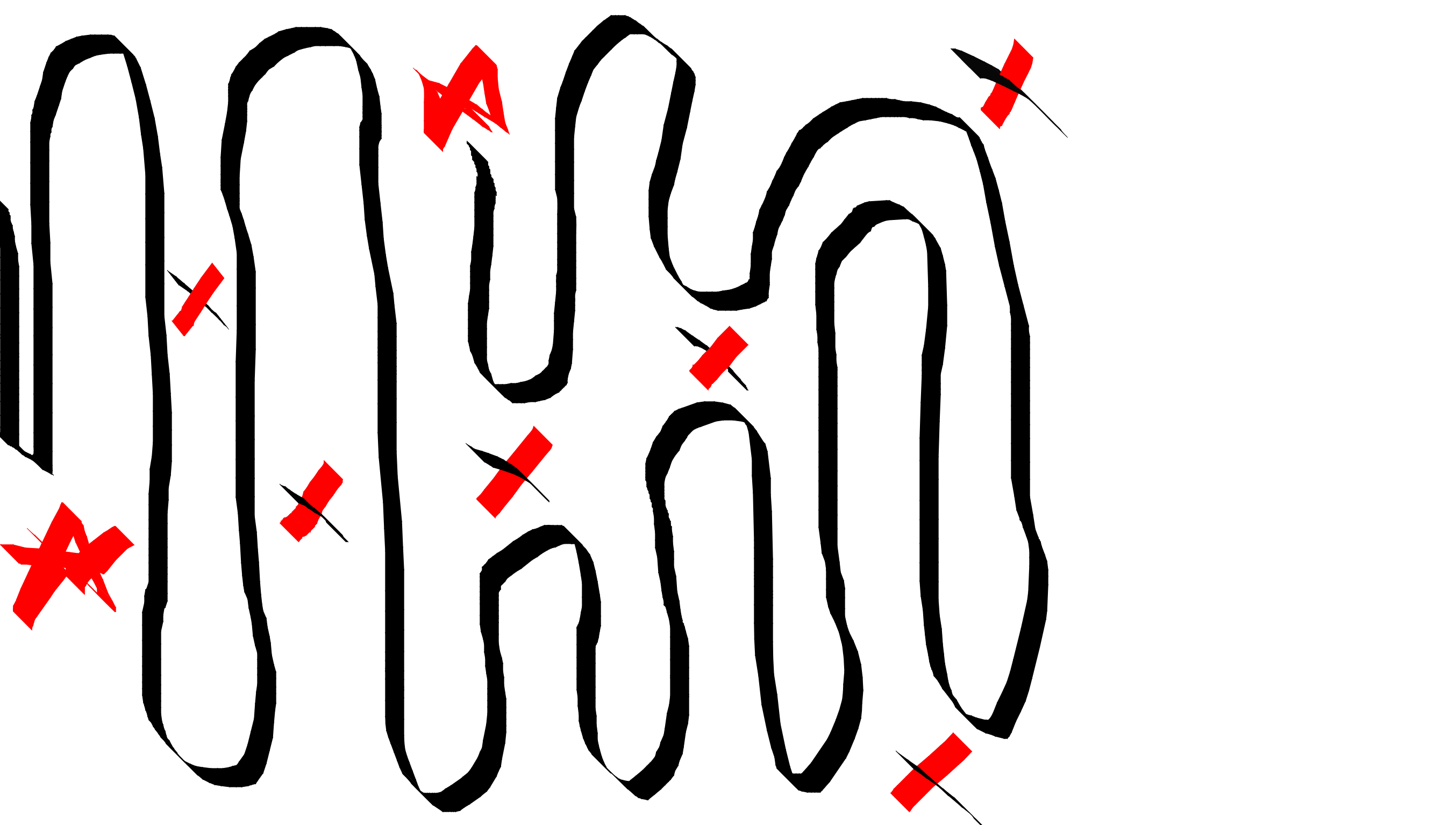
More ThingsFile under mindblowing correlations that every now and again people remind you of that actually seem to be true, and you don’t know what to make of that, if anything at all, because you hate making anything of correlations, but it does make you go hmmm, every single time: No person who was born blind has ever been diagnosed with schizophrenia.
INT. WINDOWLESS BOARDROOM – DAYYYYYYY I GUESS WHO EVEN KNOWS?
The walls are covered in post-its sharpied with strange words that might be incantations. The fluorescents are all flickering, triggering the migraines of at least three of the creatives who’ve been trapped in this room for hours. On the screen, a glitching image of their boss, futzing with their bluetooth earpiece. A feedback screech. And tap. And then calm.
BOSS: Can you hear me now?
CREATIVE 1: Yeah that’s good. How’s it going down there?
BOSS: Ok, my number one war room team, show me what you got. If SHSTSFD is going to position itself in the crowded Amazon winter glove search results landscape, we need a purpose. We need a vision. We need to beat Nertpow and Joyoldelf on their own turf. We need to own the glove conversation. We need to be the leaders of the not-actually-warm-but-not-painfully-cold-hands lifestyle.
CREATIVE 2: So we put together a deck and…
BOSS: I don’t need your deck, I need your vision!
CREATIVE 2 visibly slumps a little, taps the forward arrow key a few times, resignedly, before remembering that a good pitch is good posture, sitting up straight and confident.
CREATIVE 1: Ok, so we’ve got a new name!
BOSS: I like it already.
CREATIVE 1: It’s testing really well with everybody in here!
BOSS: Hit me.
CREATIVE 1: Ok, I think you have to see it to appreciate it, so we’re just going to give you this one slide.
CREATIVE 2 hits the space bar. On the screen, in a perfectly elegant revival of a 1930s display font from the tiny European type foundry CREATIVE 2 asked for a few trials from but never actually bought because they never let her use them in real projects, five proud letters, black on white: “MAJCF”
BOSS: My team! Goddamn geniuses! MAJCF. I love it. Fits like a…
The screen freezes and decays into compression static. Two creatives get up tentatively, and edge towards the door. One tries the handle. Nope, still locked.
Arundhati Roy, delivering the 2020 Clark Lecture, on writing inside and against nationalism, and the place for literature inside, well *waves hands around in a tired manner* all of this:
After 20 years of writing fiction and nonfiction that tracks the rise of Hindu nationalism, after years of reading about the rise and fall of European fascism, I have begun to wonder why fascism—although it is by no means the same everywhere—is so recognizable across histories and cultures. It’s not just the fascists that are recognizable—the strong man, the ideological army, the squalid dreams of Aryan superiority, the dehumanization and ghettoization of the “internal enemy,” the massive and utterly ruthless propaganda machine, the false-flag attacks and assassinations, the fawning businessmen and film stars, the attacks on universities, the fear of intellectuals, the specter of detention camps and the hate-fueled zombie population that chants the eastern equivalent of “Heil! Heil! Heil!”
It’s also the rest of us—the exhausted, quarreling opposition, the vain, nitpicking Left, the equivocating liberals who spent years building the road that has led to the situation we find ourselves in, and are now behaving like shocked, righteous rabbits who never imagined that rabbits were an important ingredient of the rabbit stew that was always on the menu. And, of course, the wolves who ignored the decent folks’ counsel of moderation and sloped off into the wilderness to howl unceasingly, futilely—and, if they were female, then “shrilly” and “hysterically”—at the terrifying, misshapen moon. All of us are recognizable.
So, at the end of it all, is fascism a kind of feeling, in the way anger, fear or love are feelings, that manifests itself in recognizable ways across cultures? Does a country fall into fascism the way a person falls in love? Or, more accurately, in hate? Has India fallen in hate?

A new issue of Emergence, rapidly becoming one of our very favourite magazines, is out, and its topic is trees. Good then. Find us dreaming of the wild apples of Kazakhstan.
Obligatory notes of hope gladly received! yeshello at buckslip dot email.
The buttons below to share us! We don’t think they track you. Do they?
